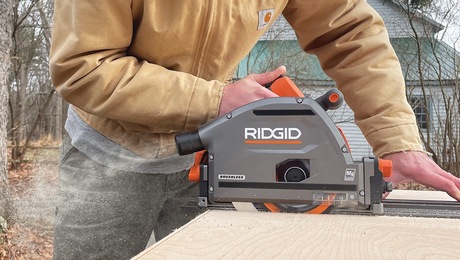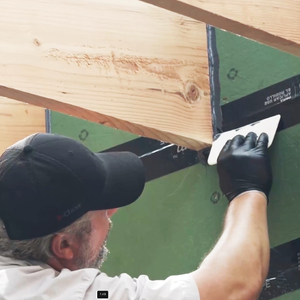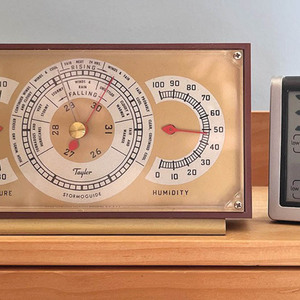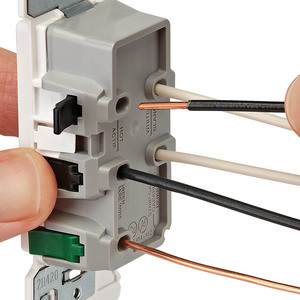Foam insulation as vapour barrier?
I am thinking of installing rigid foam board Profoam (Owens-Corning) on the outside of studs while I put fiberglass insulation between the studs. As is the usual practice the 6 mil vapour barrier needs to cover the insulation on the warm side of the wall followed by drywall. Won’t I have problems with trapped moisture with the foam board acting like a second and external vapour barrier. It seems to me that with this configuration that the wall won’t be able to ‘breathe’ out moisture.


















Replies
HMM. You know in issue 181 Sept. 06 they installed foam board on the outside with no vapor barrier inside and no tyveck under the foam board because of the very same reason. I don't like the idea of leaving the tyveck off myself. They also faced the foil side out in that issue. I do remember them water proofing the foam board with several techniques however. I wonder what the others here will say. I am doing an addition myself and I want to use foam board on the outside. I will be using Polyisocyanurate ISO with a foil face. I assumed I would face the foil inward. I then would have r-13 in the walls. I wonder if I should use f.g. with no kraft myself and leave out the tyveck and just waterproof the board. What type of foam board will you use I think any thing but the ISO is considerd semipermable so it does not create a vapor barrier. I don't mean to highjack your post but hopefully I can gain some insight myself from your post .
I also was wondering about that article. foil on the outside is definately an external vapour barrier. Even with it turned toward the studs then you have a barrier in the middle of the insulation sandwich. Foam board such as Owens-Corning Profoam is considered a closed cell foam with very little permeability. So we are stuck with the issue of wanting to add proper levels of insulation in/on 2x4 framing. I suspect the answers we will get here will have to do with making arn sure there is really good flashing and sealing of the exterior so there is little or no moisture entering the wall cavity.
Quester,
What's right depends a lot on where you are. You should fill in your profile for future reference.
A good site to answer your questions is buildingscience.com
Brian